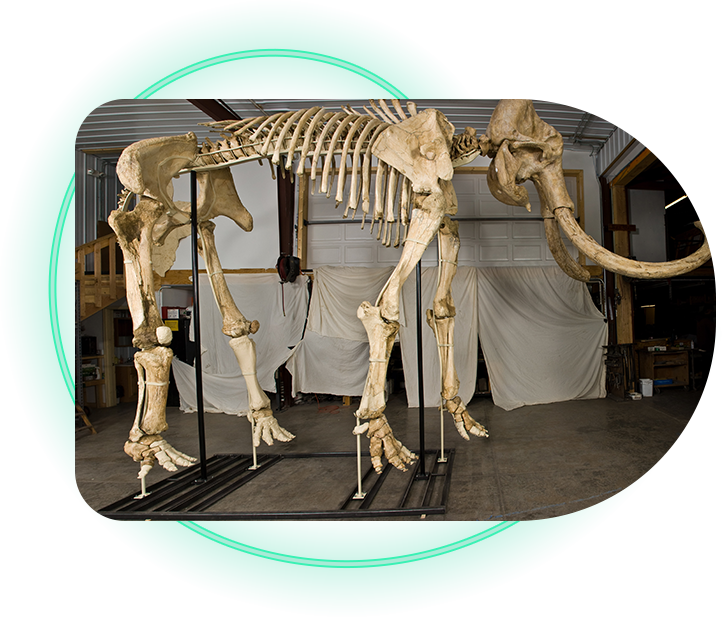Favorite CollLection Triceratops Real Figure Keyring
$11.95

The Oligocene Epoch was a very important time in the development of mammals. Dinosaurs, which ruled the earth for more than 150 million years, had been gone about 30 million years.
Although mammals arose in the Late Triassic and thus had been around as long as the dinosaurs, dinosaurs had dominated virtually every ecological niche possible for large animals. This limited mammalian diversity. After the demise of the dinosaurs, mammals now took advantage of these openings.
The mammals which appeared in the Oligocene were different, and somehow more modern, than their predecessors. For the first time, it was possible to discern most modern groups. Fossil mammals from the Oligocene Age actually resemble their present day counterparts.
Paleontologists and zoologists, both amateur and professional, may easily recognize these fossils as cats, dogs, camels, horses, rhinoceroses, rabbits, squirrels and mice. The trained eye may also note the presence of peccaries, ruminants, marsupials, hippopotamoids (anthracotheres), tapirs, mustelids, bears and raccoons. Present, but poorly represented, were bats and primates. In addition to these forms, there were some groups which are now extinct. These included the carnivorous creodonts, rodent-sized multituberculates, entelodonts (“giant pigs”) and pantolestids. Some very common Oligocene mammals were the oreodonts.